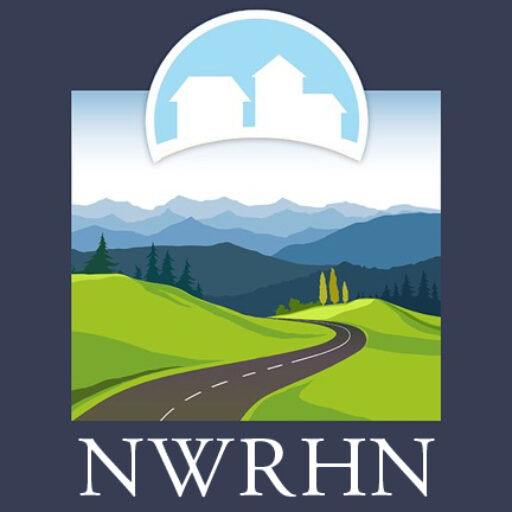When we think about work-related illnesses and injuries, we often picture obvious scenarios such as accidents on construction sites or repetitive strain injuries from typing. However, many health issues can arise from the workplace that may not be immediately associated with our jobs. Understanding these conditions is crucial for employees and employers alike to create safer work environments. Below is a comprehensive list of surprising work-related illnesses and injuries that you may not have considered, along with detailed explanations of each.
| Condition | Description |
|---|---|
| Carpal Tunnel Syndrome | A painful condition caused by pressure on the median nerve in the wrist. |
| Occupational Asthma | A condition triggered by inhaling irritants in the workplace. |
| Noise-Induced Hearing Loss | Hearing loss resulting from prolonged exposure to loud noises at work. |
| Work-Related Stress | Chronic stress that affects mental and physical health due to workplace demands. |
| Repetitive Strain Injury (RSI) | Pain caused by repetitive motion, commonly affecting the hands and wrists. |
| Vibration White Finger | A condition caused by regular exposure to hand-arm vibration. |
| Burnout | A state of emotional, physical, and mental exhaustion caused by prolonged stress. |
| Silicosis | A lung disease caused by inhaling fine silica dust in workplaces like mines. |
| Lead Poisoning | A toxic condition from exposure to lead, often in construction and manufacturing. |
| Work-Related Musculoskeletal Disorders | Injuries and disorders affecting muscles, nerves, blood vessels, and tendons. |
Carpal Tunnel Syndrome
Carpal Tunnel Syndrome (CTS) is a painful condition that arises from the compression of the median nerve as it travels through the wrist. It is often caused by repetitive wrist movements, such as typing or using a mouse, leading to symptoms like numbness, tingling, and weakness in the hand. Employees who spend long hours on computers are particularly at risk.

Occupational Asthma
Occupational Asthma occurs when a person’s asthma is triggered by substances they encounter in their workplace. Common irritants include dust, fumes, and chemical vapors. This condition can lead to difficulty breathing and can be severe if not managed properly, requiring individuals to take necessary precautions to avoid exposure.

Noise-Induced Hearing Loss
Noise-Induced Hearing Loss (NIHL) is a permanent hearing impairment resulting from prolonged exposure to high noise levels. It often affects workers in construction, manufacturing, and music industries. Regular hearing tests and the use of protective ear equipment are essential in preventing this condition.

Work-Related Stress
Work-related stress is a significant issue affecting many employees, resulting from excessive workloads, tight deadlines, and lack of support. Chronic stress can lead to serious health problems, including anxiety, depression, and cardiovascular issues. Employers should promote a healthy work-life balance and provide support systems to mitigate stress levels.

Repetitive Strain Injury (RSI)
Repetitive Strain Injury (RSI) encompasses a range of conditions caused by repetitive motion, typically affecting the hands, wrists, and arms. Symptoms include pain, swelling, and reduced mobility. Employees can prevent RSI by taking regular breaks and using ergonomic tools to reduce strain.

Vibration White Finger
Vibration White Finger (VWF) is a condition caused by regular exposure to hand-arm vibration, typically from power tools. It leads to a reduced blood flow to the fingers, causing numbness and, in severe cases, permanent damage. Workers should be trained on how to use tools safely and take breaks to minimize exposure.

Burnout
Burnout is a state of chronic stress that results in emotional, physical, and mental exhaustion. It is often characterized by feelings of cynicism and detachment from work. Employees experiencing burnout should seek support and consider changes to their workload or work environment to improve their situation.

Silicosis
Silicosis is a lung disease caused by inhaling fine silica dust, commonly found in industries such as mining and construction. Symptoms include shortness of breath and a persistent cough. Preventative measures, such as using proper ventilation and personal protective equipment, are essential to protect workers.

Lead Poisoning
Lead Poisoning occurs from exposure to lead, often found in construction and manufacturing environments. It can cause serious health issues, including neurological damage. Regular health screenings and adherence to safety protocols are vital in preventing lead exposure.

Work-Related Musculoskeletal Disorders
Work-Related Musculoskeletal Disorders (WMSDs) refer to a range of injuries affecting muscles, nerves, tendons, and blood vessels. They can be caused by repetitive motions, awkward postures, or heavy lifting. Employers should implement ergonomic practices and provide training to minimize the risk of WMSDs.

FAQ
What are the most common work-related injuries?
Work-related injuries commonly include slips, trips, falls, overexertion, and repetitive motion injuries. Proper safety protocols and training can help minimize these risks.
How can employers prevent work-related illnesses?
Employers can prevent work-related illnesses by implementing safety training, ergonomic assessments, and providing personal protective equipment. Regular health screenings can also identify issues early.
What should I do if I suspect my condition is work-related?
If you suspect your condition is work-related, consult a healthcare professional and inform your employer. Document your symptoms and any potential exposure to workplace hazards.
Are there legal protections for employees with work-related conditions?
Yes, many countries have laws protecting employees with work-related conditions, such as the Americans with Disabilities Act (ADA) in the United States, which prohibits discrimination and mandates reasonable accommodations.
References:
– [Occupational Safety and Health Administration (OSHA)](https://www.osha.gov)
– [National Institute for Occupational Safety and Health (NIOSH)](https://www.cdc.gov/niosh)
– [Centers for Disease Control and Prevention (CDC)](https://www.cdc.gov)




